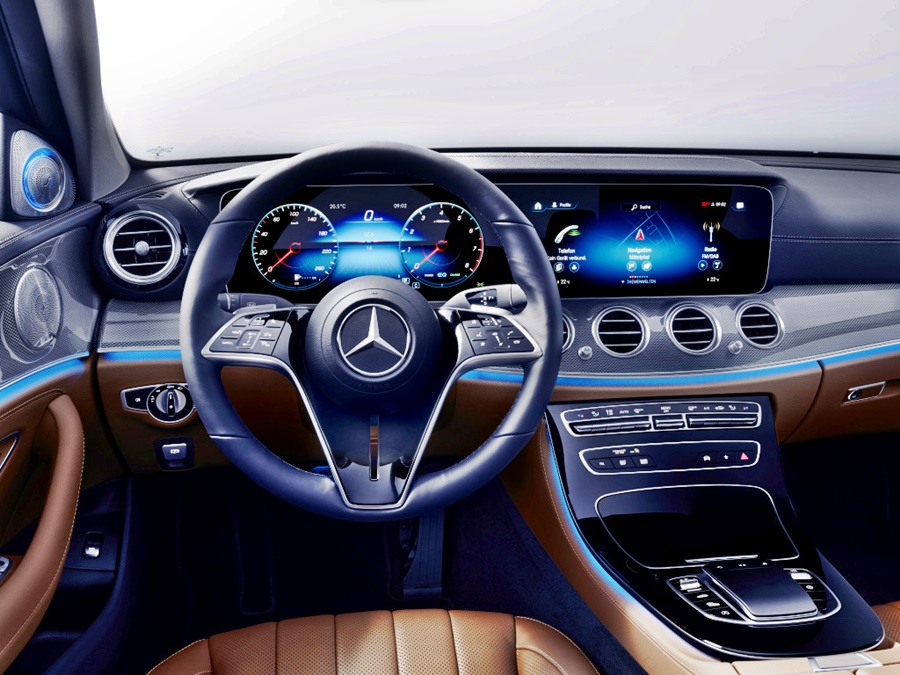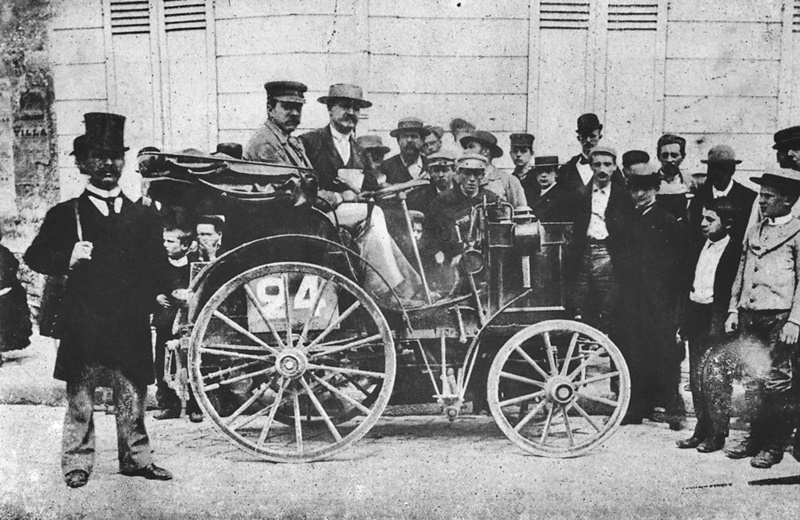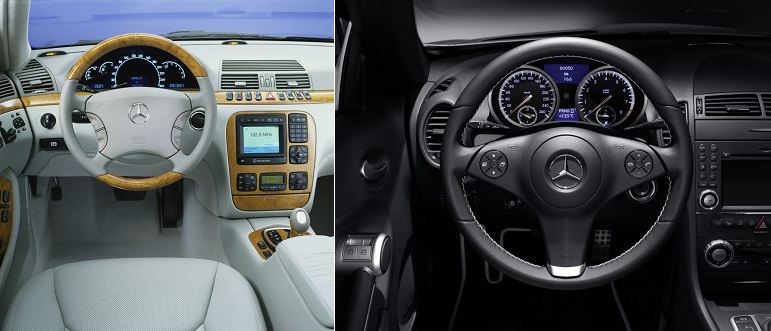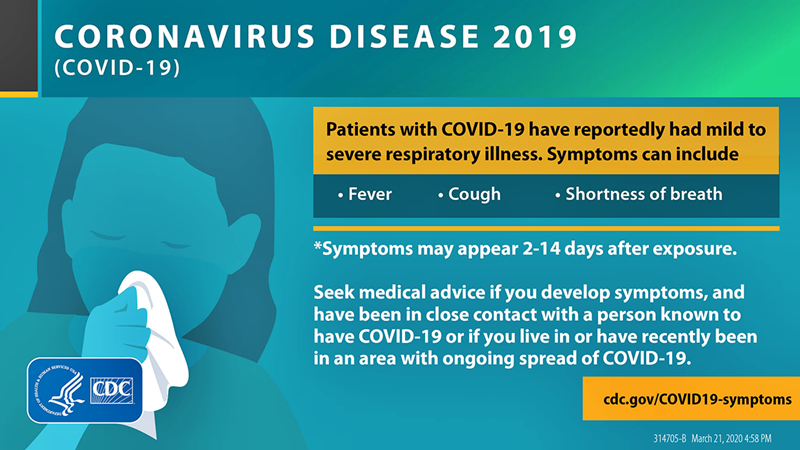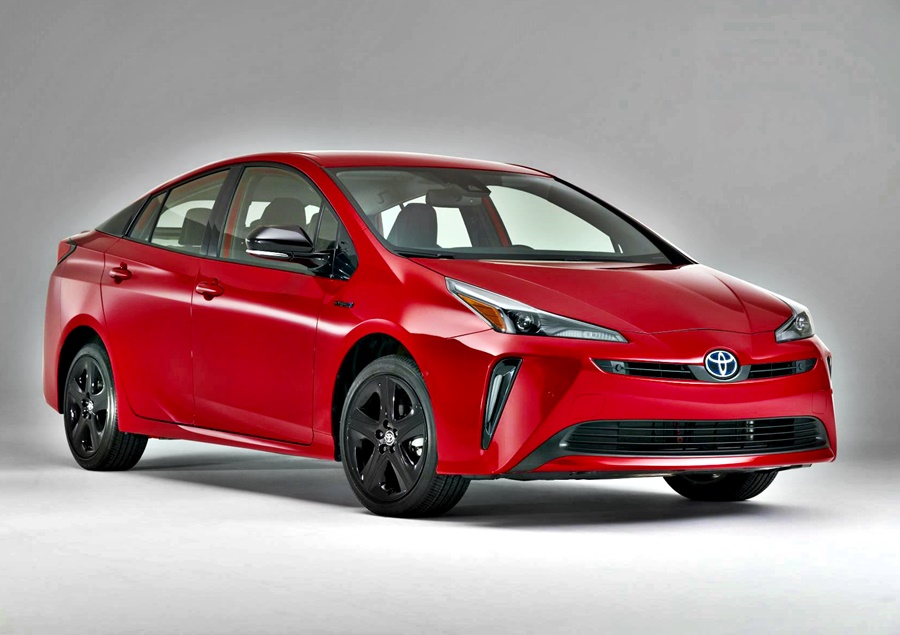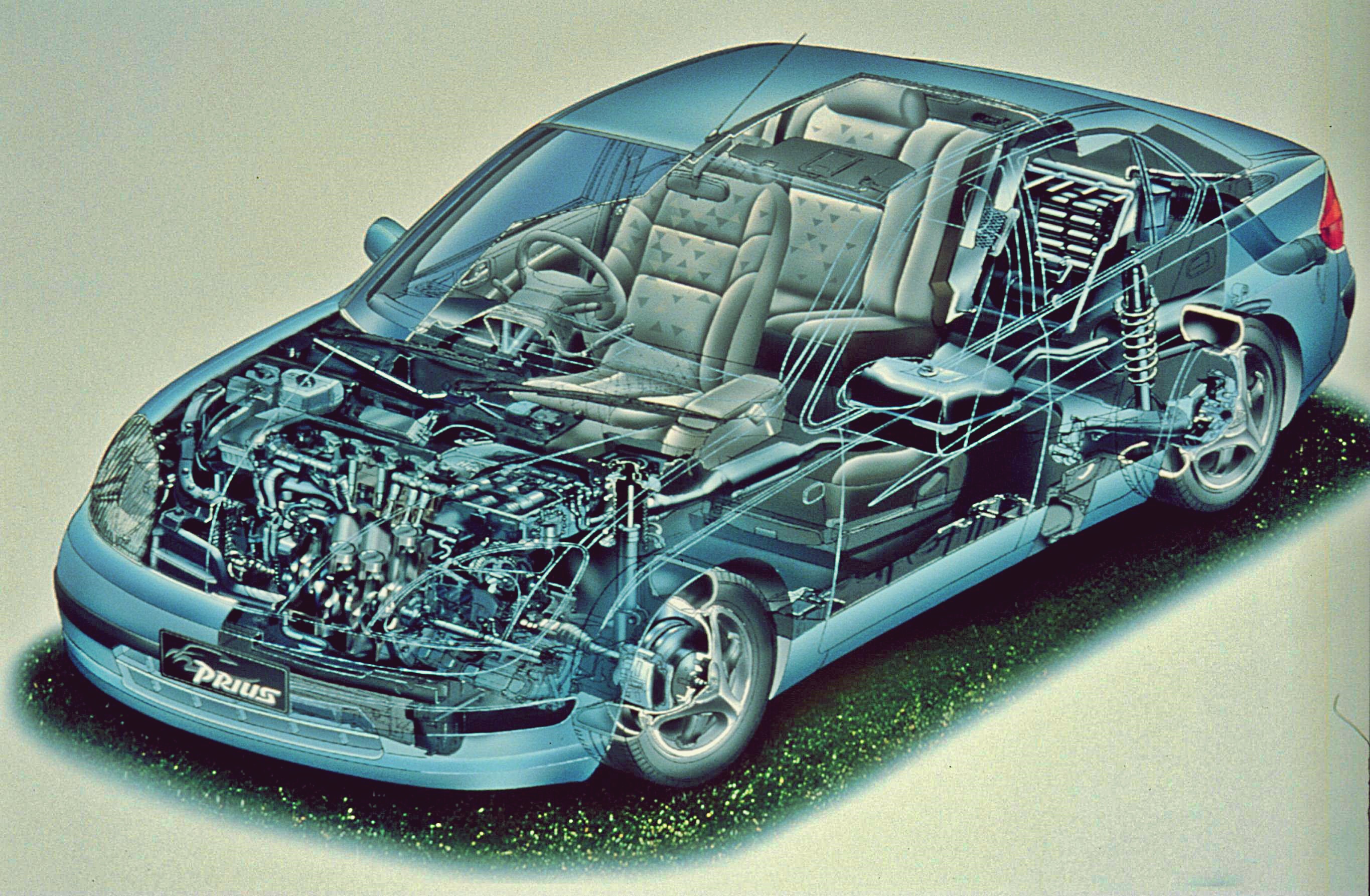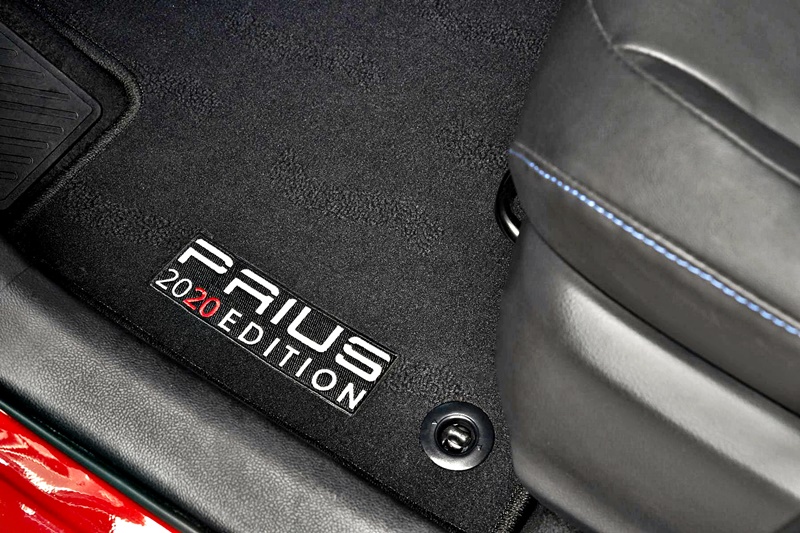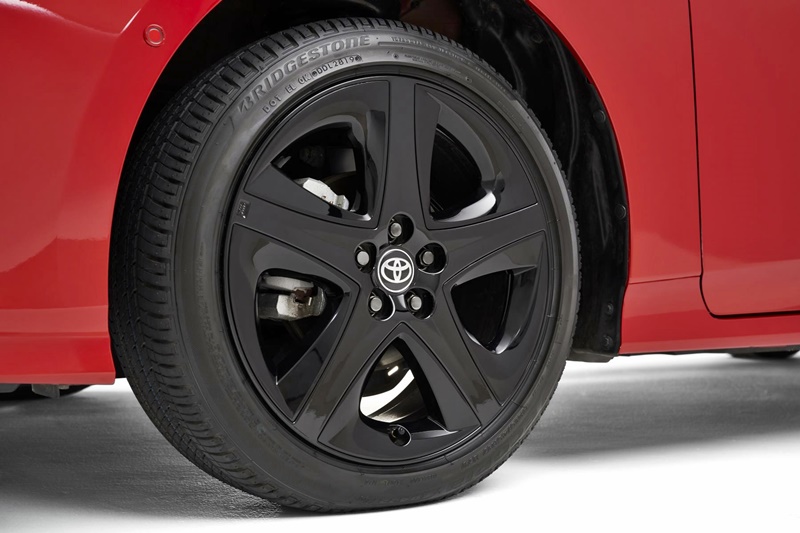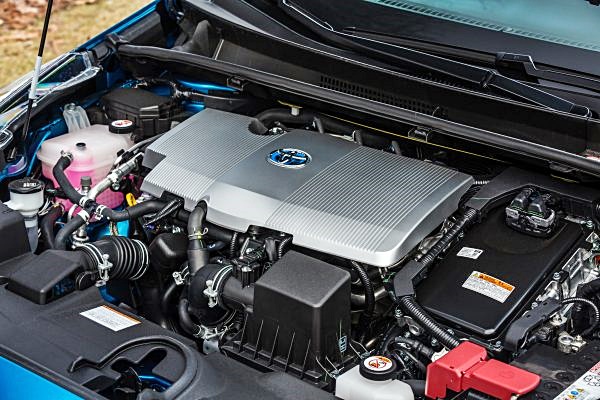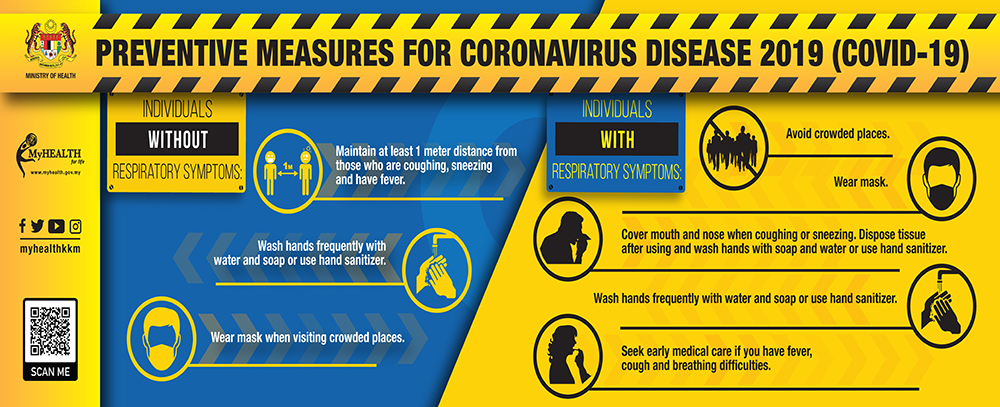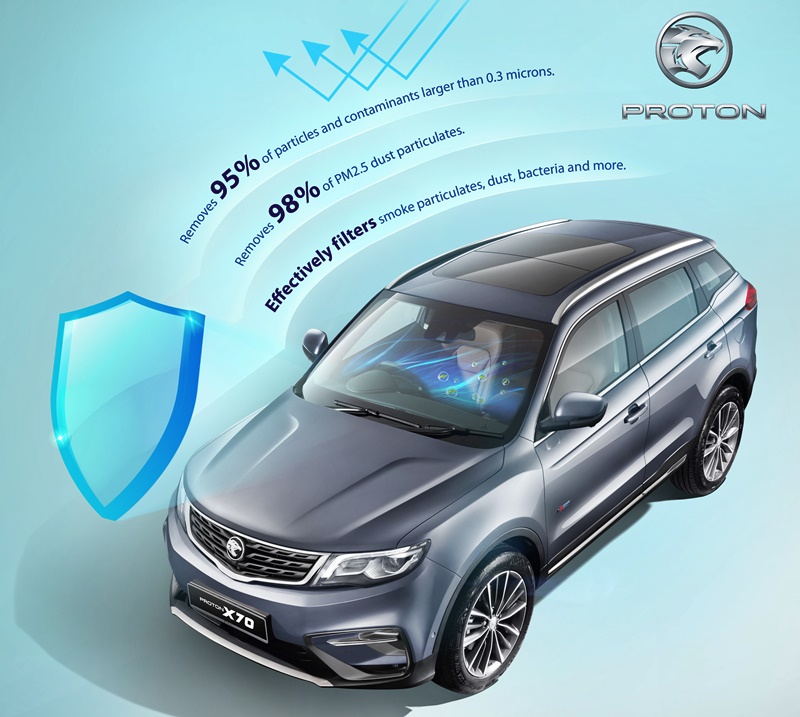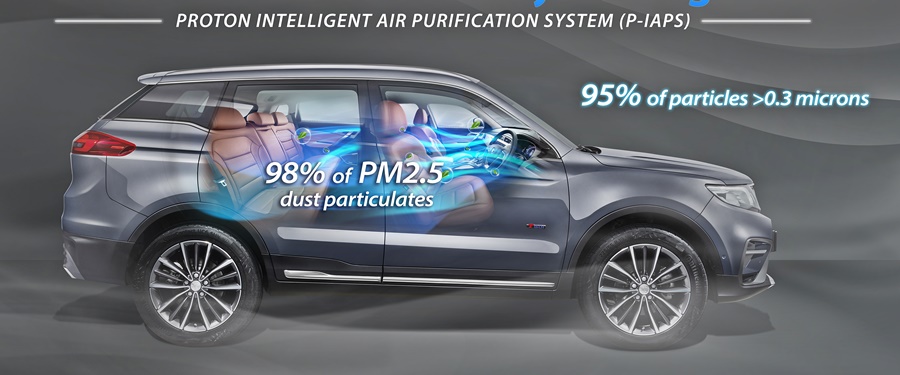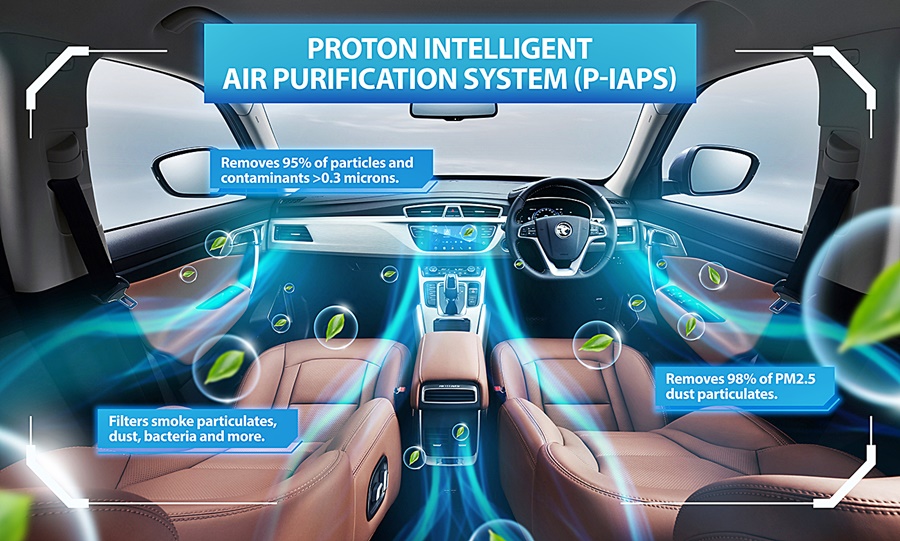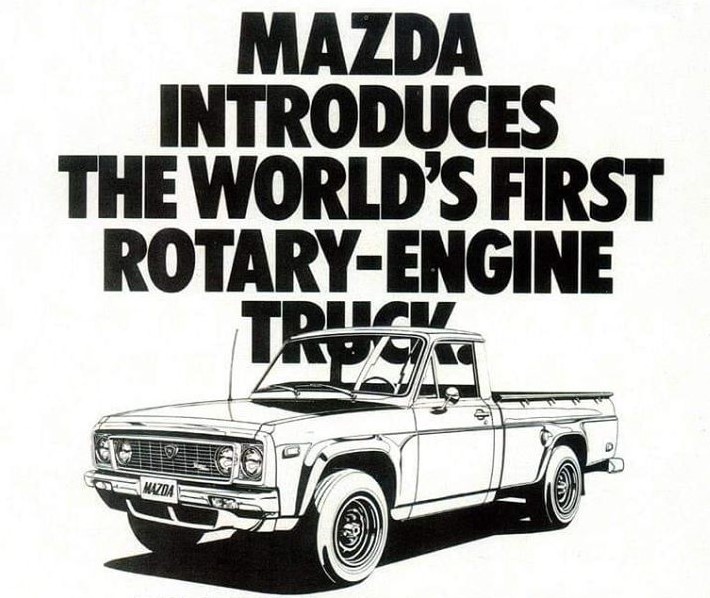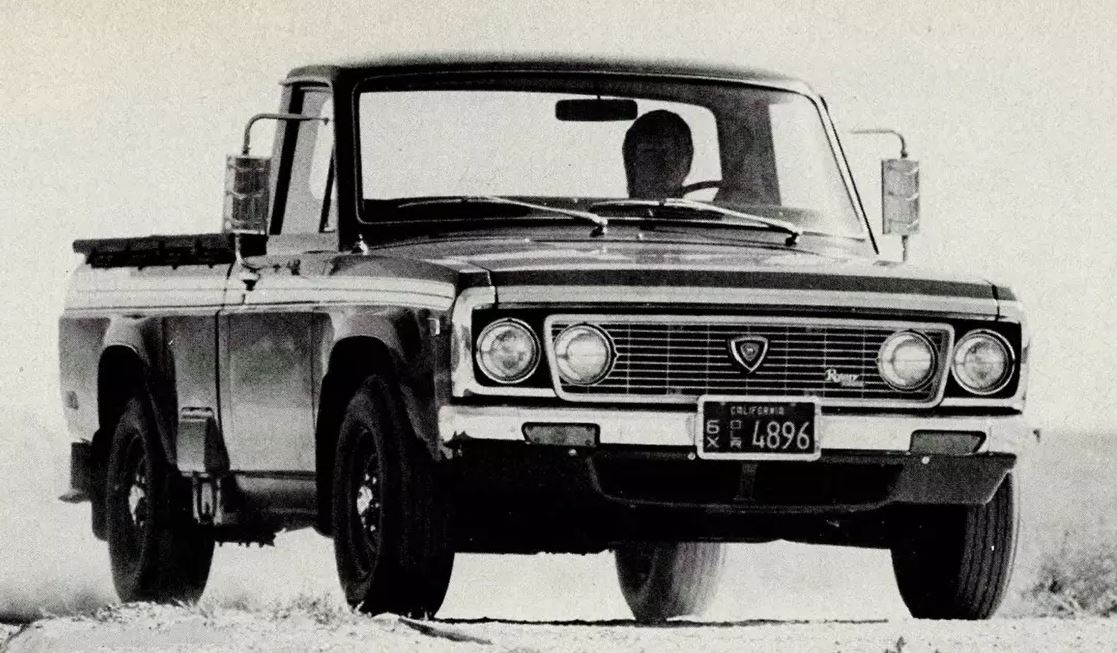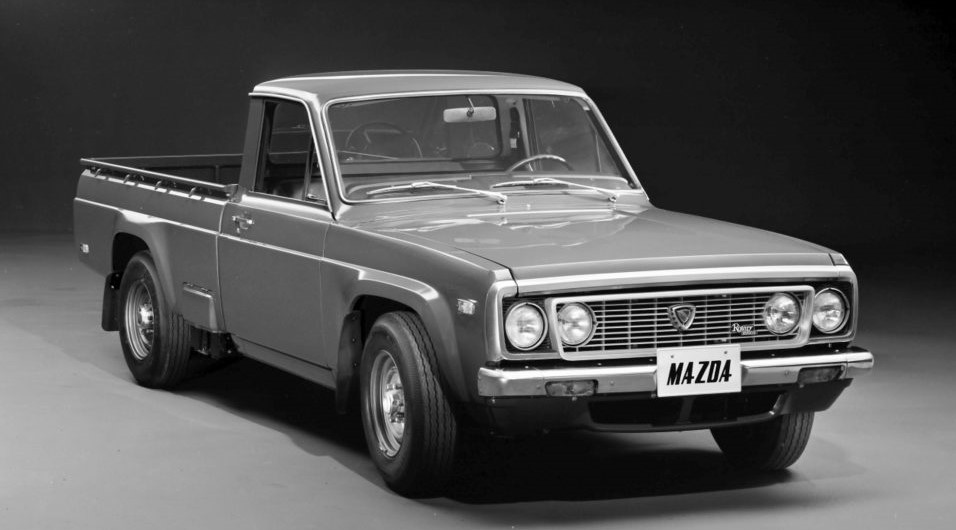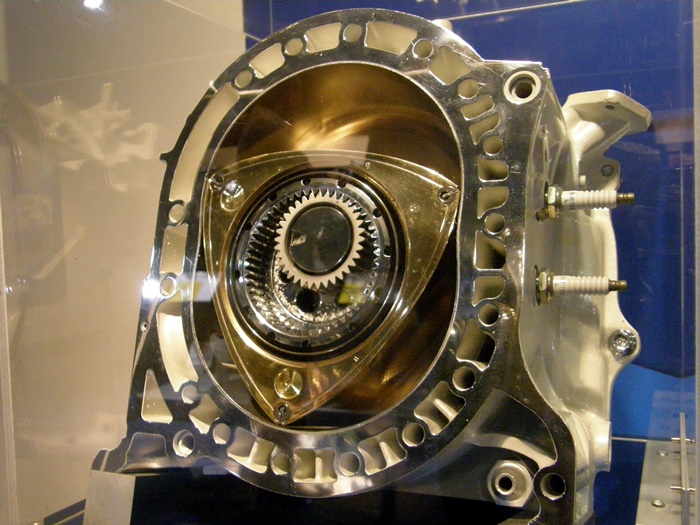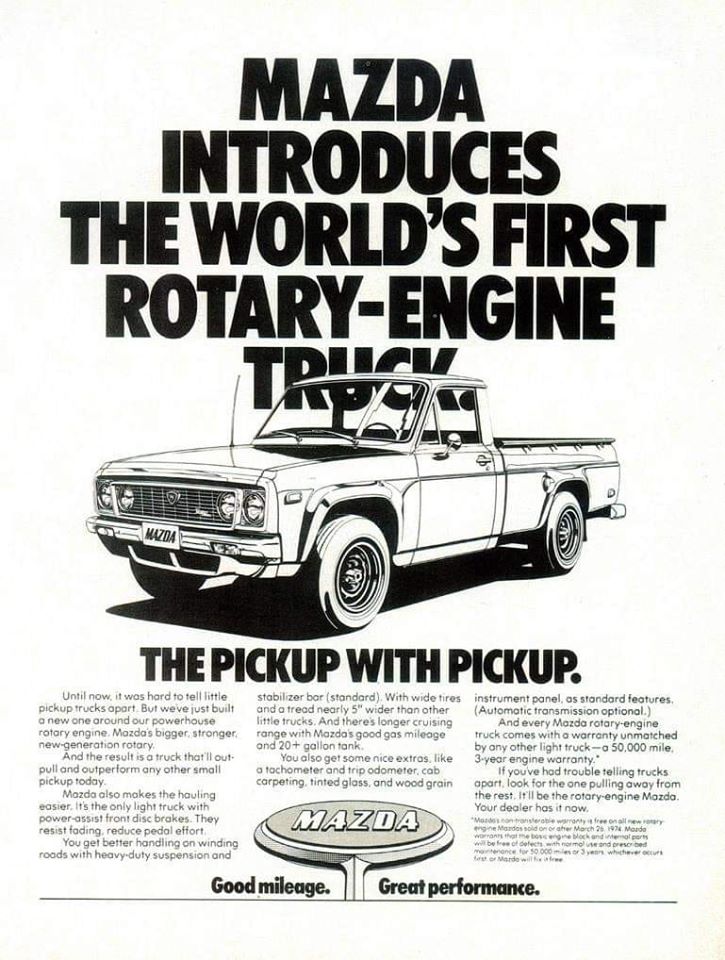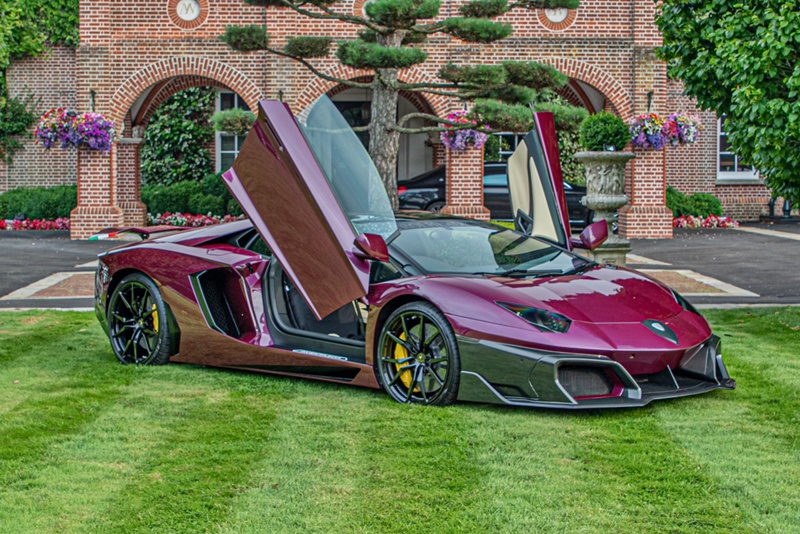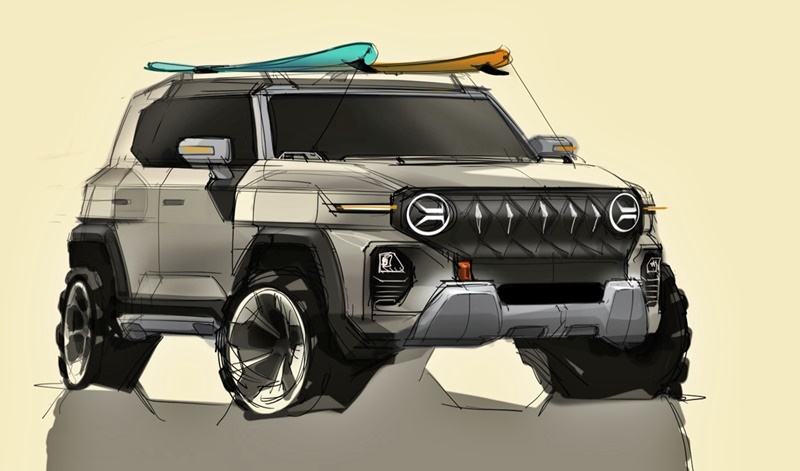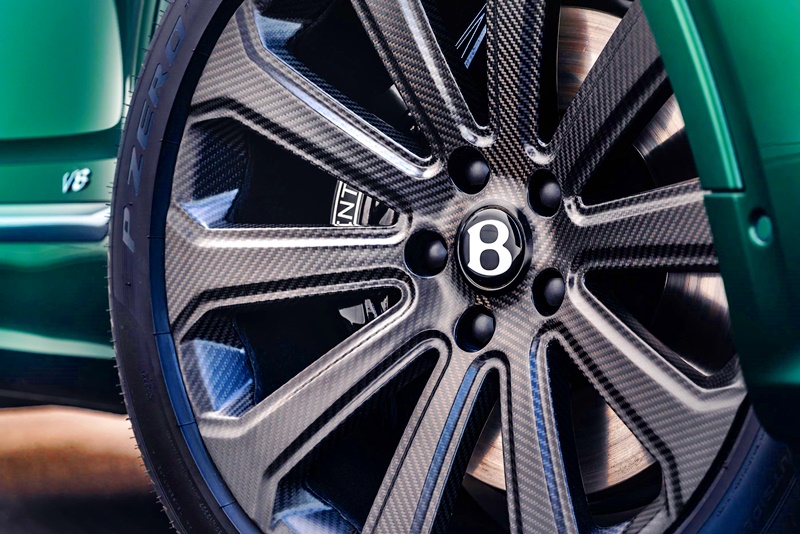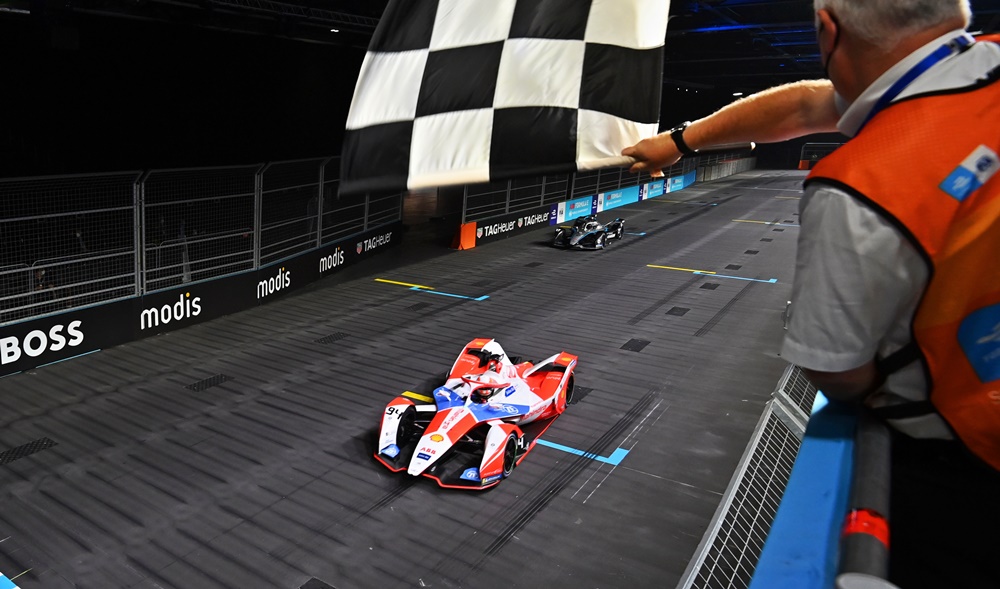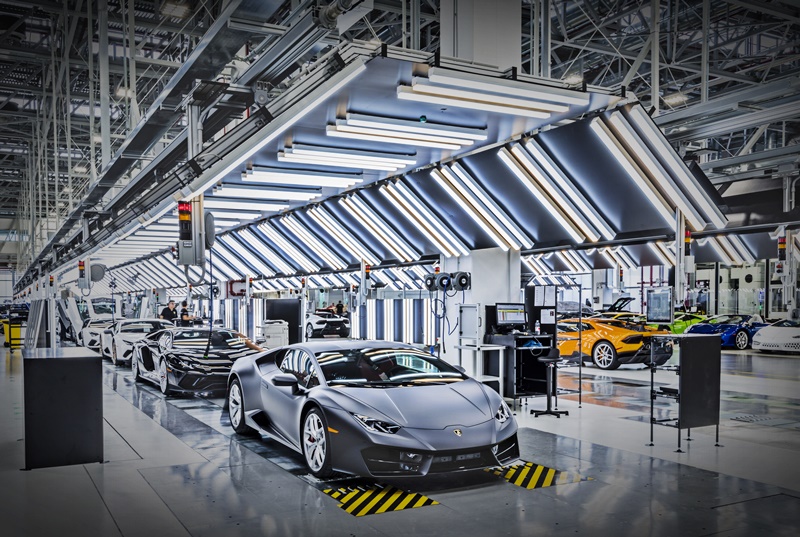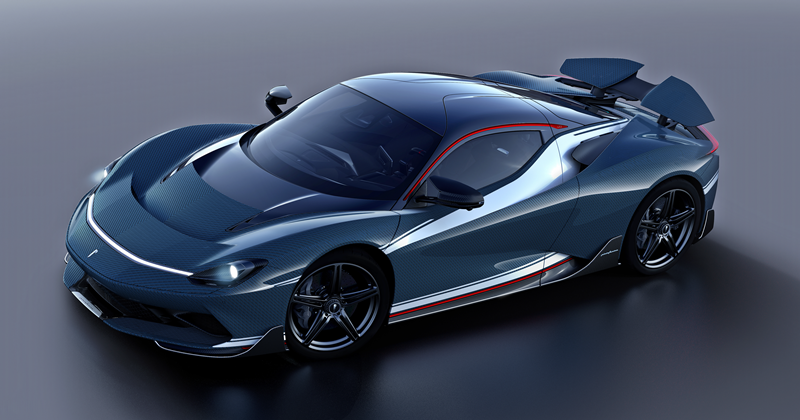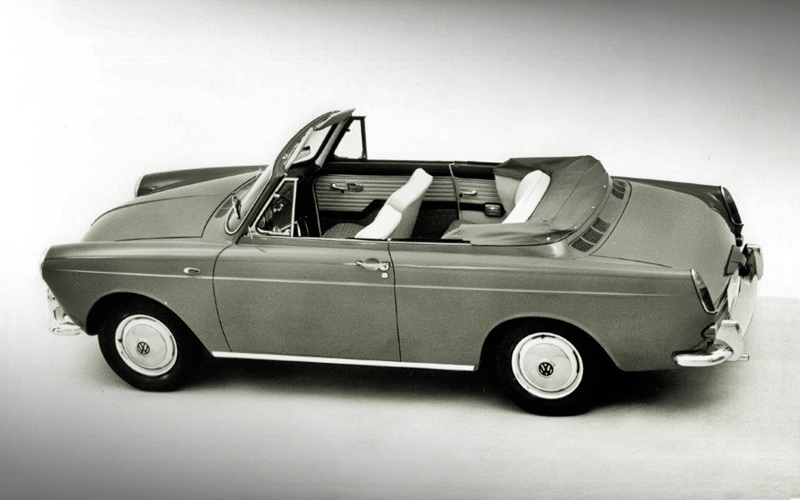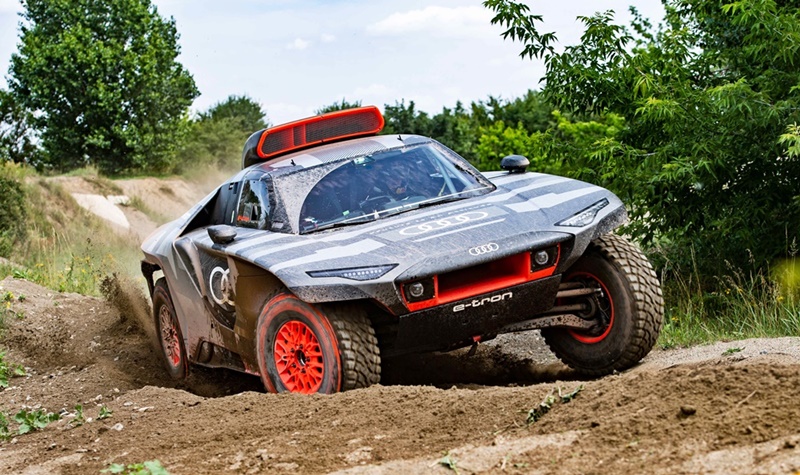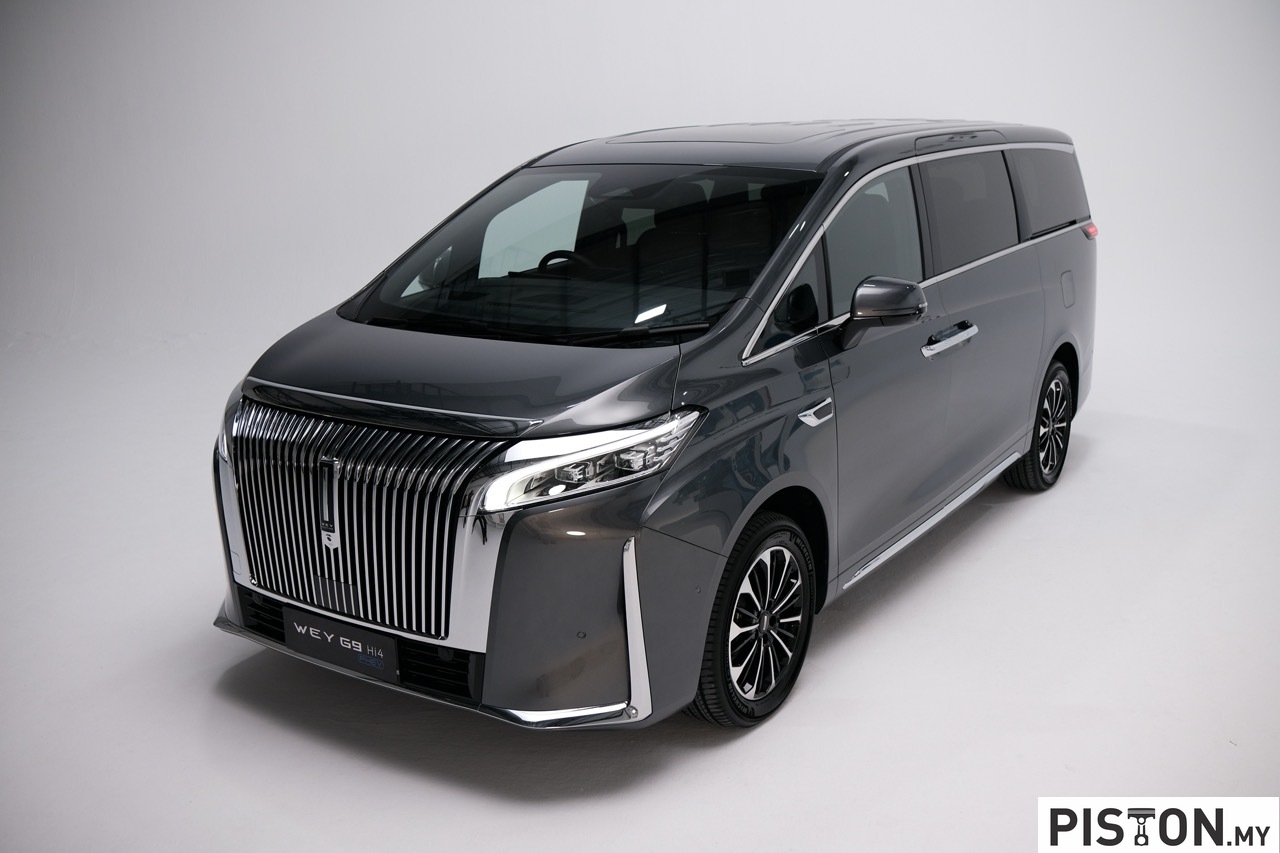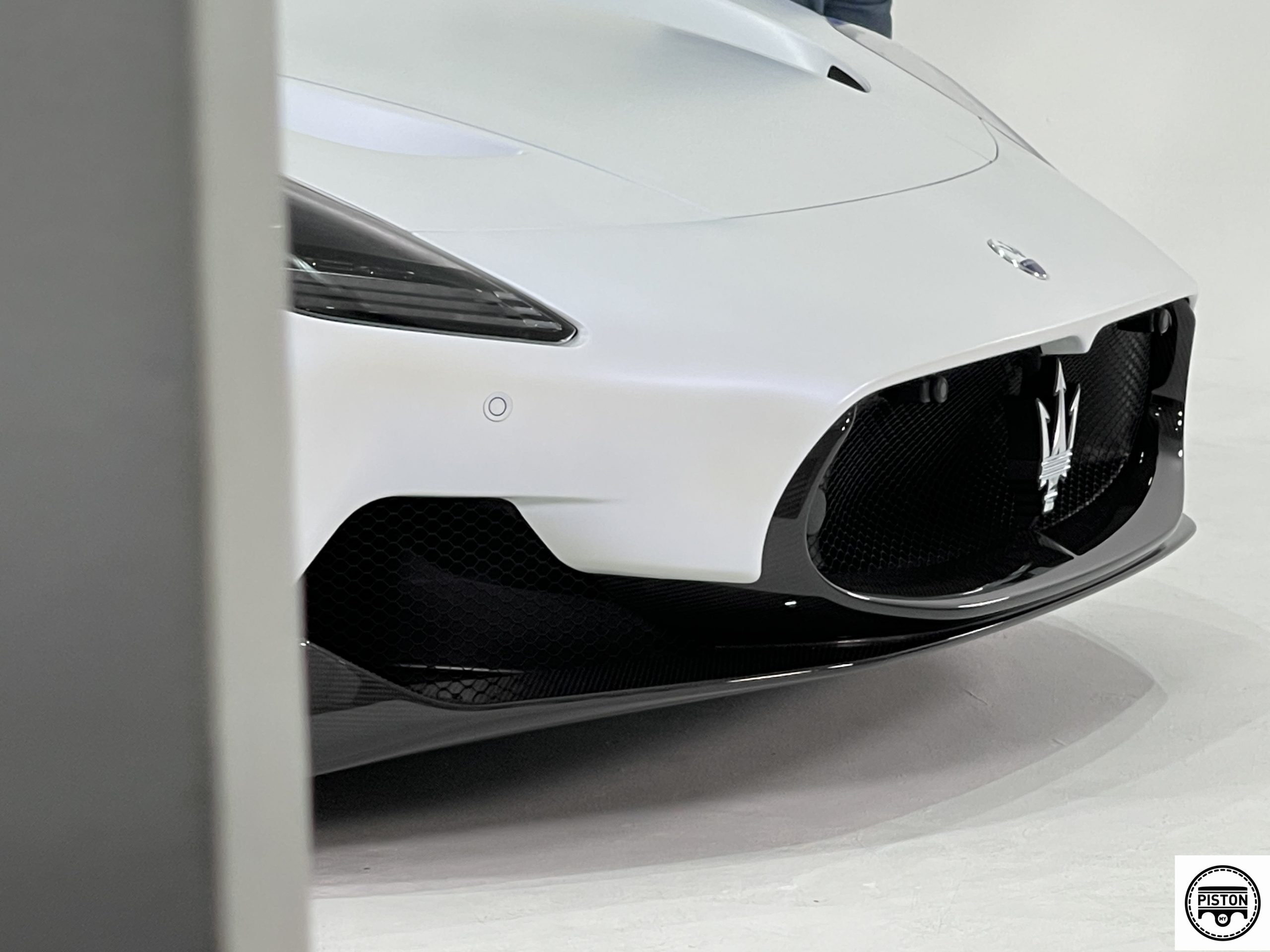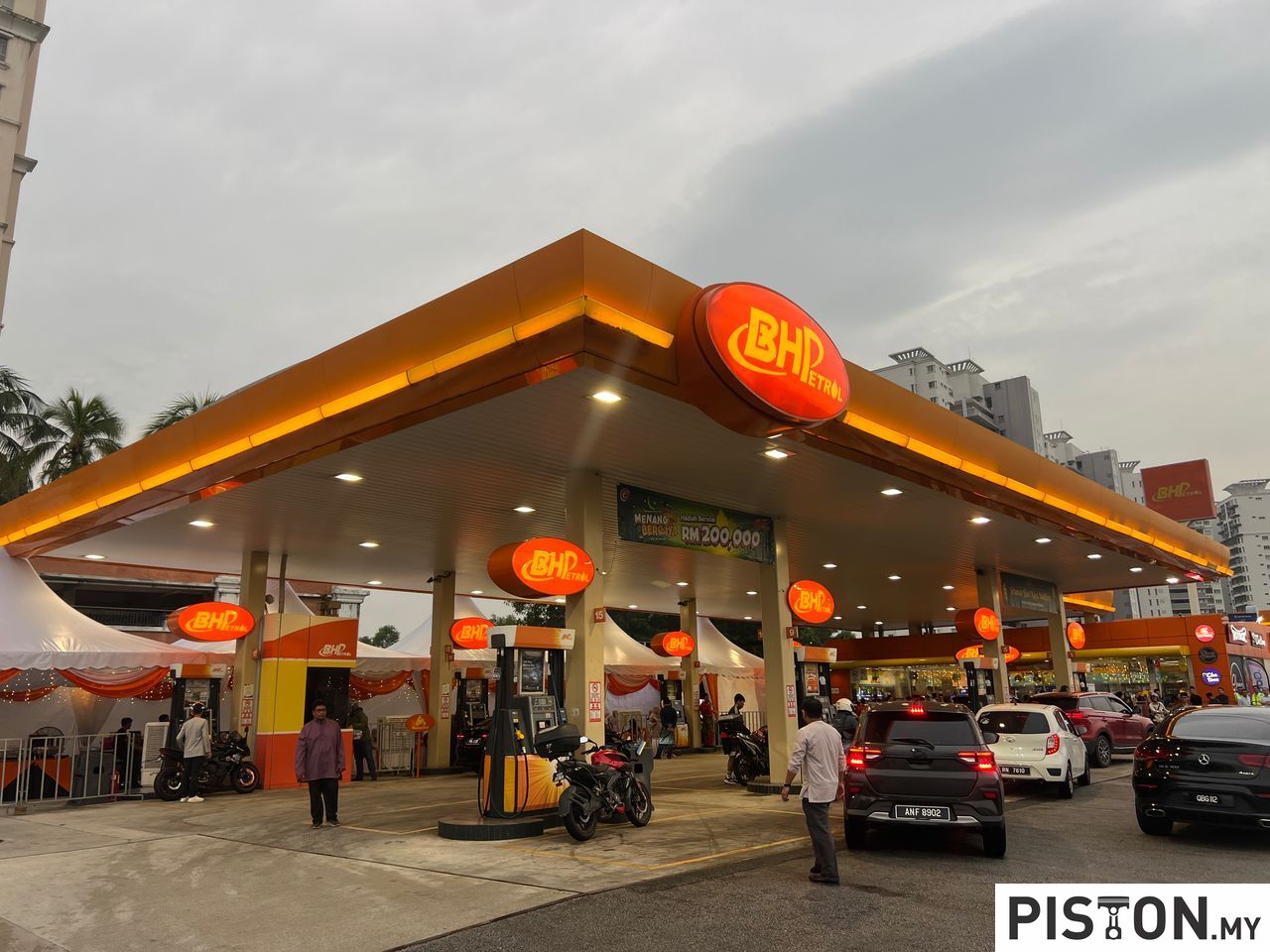Since the first motorcar appeared in 1886, its overall shape and many individual elements have evolved over the decades, changing as new technology or new design philosophy was adopted. The steering wheel is one example and though it may seem as if this ‘device’ for controlling the car’s movements has never changed, the degree of change is actually quite significant.
The first step towards the modern steering wheel was taken by the then Daimler-Motoren-Gesellschaft 120 years ago. The first car in the world, invented by Carl Benz, had managed without a steering wheel. The driver used a simple steering lever or steering crank because at the time, carriage drivers were used to pulling on the right or left to direct the horses in the desired direction.
The first steering wheel as we know it today appeared in 1894 at the world’s first automobile race. A French engineer, Alfred Vacheron, is considered the inventor of the steering wheel. For the race – from Paris to Rouen in July 1894 – he installed a steering wheel instead of the usual steering lever in his Panhard & Levassor, which was powered by a Daimler engine.
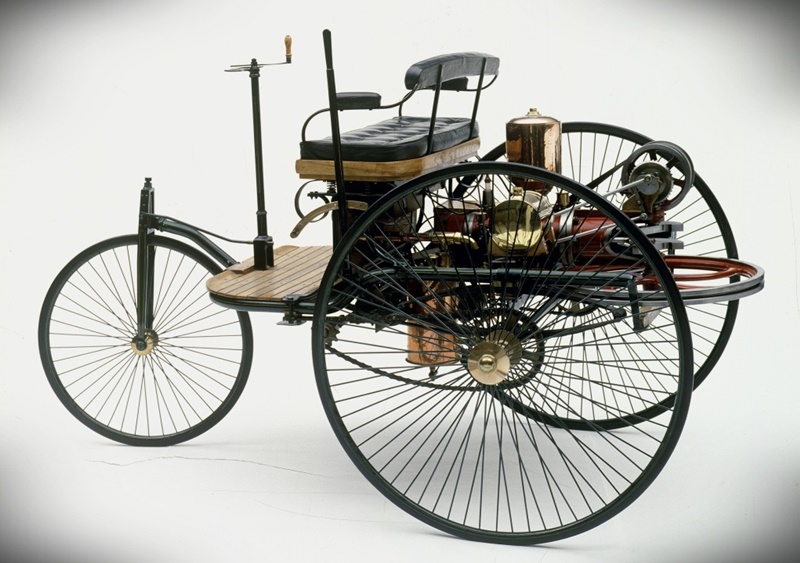
This wheel gave him better control because the steering movement of the front wheels could be distributed over several turns of the steering column from a neutral central position until it stopped. This enabled more precise steering and thus higher driving speeds. Although the Frenchman placed only 11th, the steering wheel prevailed.
From then on, the growing number of carmakers would adopt the steering wheel. And while, for many decades, the steering wheel had only a pad or button to activate the horn, it eventually gained buttons to give the driver more functionality. It has become something of a ‘high-tech command centre’ which enables the driver to steer precisely and, at the same time, comfortably and safely operate numerous comfort and assistance systems.
An innovation in steering wheels
In mid-2020, Mercedes-Benz will introduce in its E-Class (W213) a new, comprehensively digitalized generation of steering wheels. Known as the capacitive steering wheel, its rim contains a two-zone sensor mat that detects whether the driver’s hands are gripping the steering wheel. The touch control buttons placed in the spokes also work with digital signals.
Developers and designers have worked closely on this innovative steering wheel. For example, every millimetre of a circuit board determines how elegantly the surface can be designed. It’s all about looks and, above all, haptics (the science of applying touch sensation and control to interact).
“Steering-wheel design is a world of its own and a very special challenge that is often underestimated,” explains Hans-Peter Wunderlich, Creative Director Interior Design at Mercedes-Benz, who has been designing steering wheels for around 20 years.
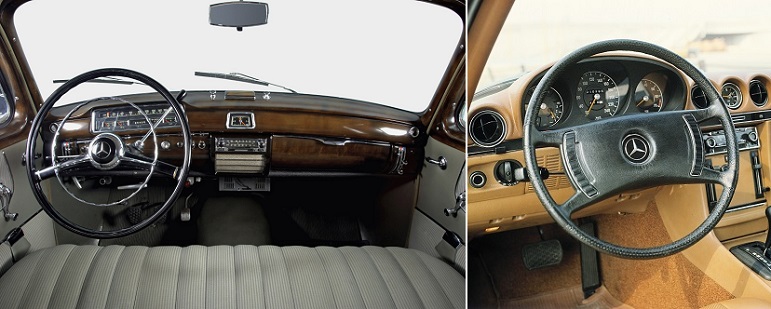
Physical contact
“Besides the seat, the steering wheel is the only component in the vehicle with which we have intensive physical contact. The fingertips feel little things that we normally don’t notice. If an unevenness is disturbing or the steering wheel does not fit snugly in our hands, we don’t like it. This haptic sensation is sent to the brain as feedback and determines whether or not we like the car. The emotional connection to a car is thus created through the sense of touch,” he says.
With the new generation of steering wheels with capacitive hands-off detection, the sensors on the front and back of the rim register whether the steering wheel is being held. No more steering movement is required to signal the assistance systems that the vehicle is under control.
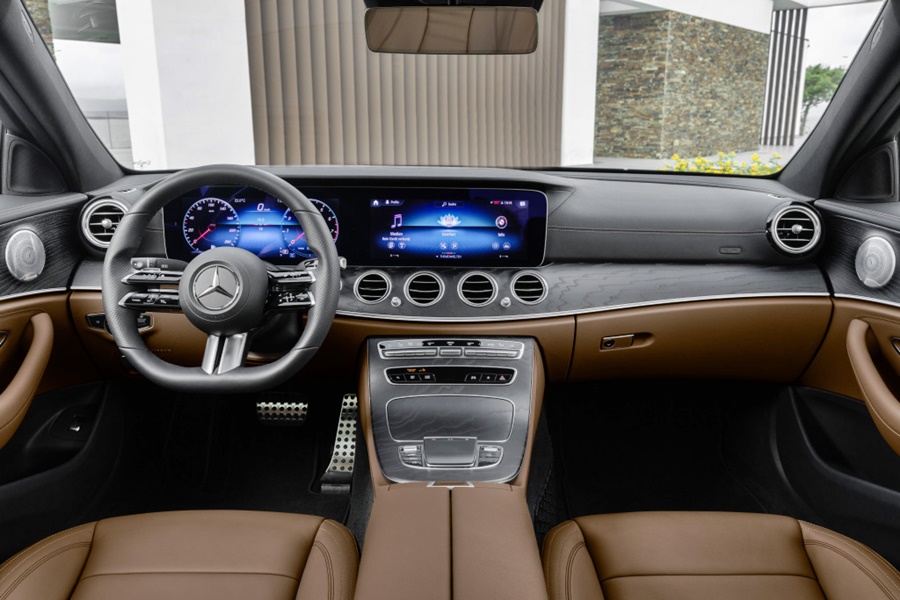
Touch Control buttons integrated into the steering wheel spokes will also function capacitively. This reduces the mechanical operating surfaces to a maximum. The seamless control panels, which are divided into several functional areas, are precisely integrated flush with the spokes. As with a smartphone, touches are recorded and evaluated via capacitive sensor technology, which enables intuitive operation via swiping gestures and pressing of familiar symbols.
The high-quality materials have been selected in such a way that operation is possible even in an interior heated up by sunlight. The system automatically recognises where the finger is at any given moment.
Perfect proportions
The steering wheel is available in three versions: Sport, Luxury and Supersport. “It is the most beautiful steering wheel we have ever built,” says Hans-Peter Wunderlich. “The proportions of the airbag, spokes and rim are absolutely harmonious. The airbag is not concealed but staged as a flattering sphere.”
In the Luxury version, the spokes form a chalice inspired by elegant Callas flowers in a black panel look, in which the sphere floats. For the “Supersport version, it is held by two double-decker spokes in black panel design, reminiscent of the wheel wing nuts of sportscars. The size of the steering wheel has remained the same compared to the previous generation.
Mercedes-Benz owners in Malaysia can now enjoy Mercedes me connect

